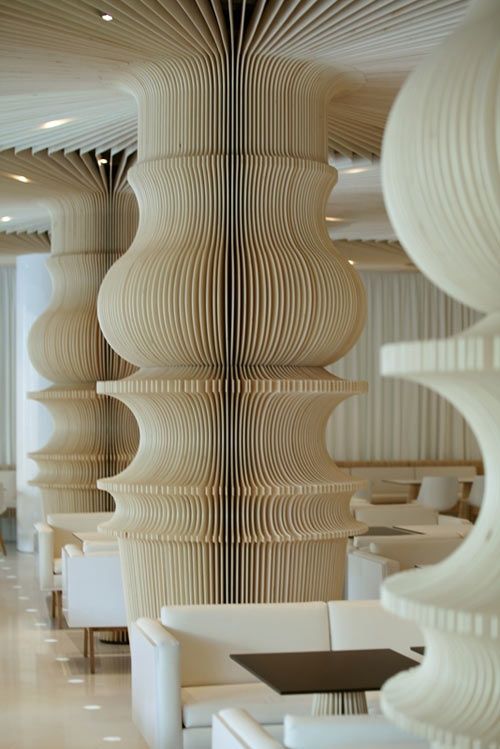
Ron Wong
86-13380258855
sales@rongroup.co

The Role of Lighting Design
1. Setting the Mood:Lighting is powerful in setting the mood of a restaurant. Soft, dim lighting can create a romantic or luxurious atmosphere, inviting diners to relax and enjoy their meal at a leisurely pace. Conversely, brighter lights might be used during lunch hours to stimulate alertness and a quicker dining pace.
2. Highlighting Architecture and Décor:Strategic lighting can accentuate architectural features and artwork, contributing to the visual appeal of the space. Well-placed spotlights or ambient lighting can draw attention to the best features of the restaurant, from beautifully laid-out plates of food to intricate wall textures.

3. Functional Lighting:While aesthetic considerations are paramount, functionality is also crucial. Lighting must ensure that the space is navigable and that diners can comfortably read the menu and see their food, which enhances the overall experience.
The Impact of Color Tone
1. Psychological Influence:Colors have a profound impact on psychology and can significantly affect how customers feel. Warm colors like reds and oranges are energetic and appetite-stimulating, making them popular in dining areas. Cooler tones like blues and greens, on the other hand, are more calming and less commonly used in dining settings due to their appetite-suppressing qualities.
2. Cohesion with Brand Identity:The color scheme of a restaurant should reflect its culinary and brand identity. A high-end seafood restaurant might use deep blues and greens to evoke the serenity of the ocean, while a luxury steakhouse might incorporate rich browns and burgundy to reflect sophistication and the richness of its offerings.
3. Adaptability and Seasonality:The adaptability of color tones to seasonal changes or specific events can also be an effective strategy. Seasonal décor adjustments using different color schemes can provide a fresh experience for repeat customers and make the restaurant experience more dynamic.

Best Practices in Lighting and Color Design
Integration with Overall Design: Both lighting and color tone should seamlessly integrate with the overall design theme, enhancing rather than overpowering the dining experience.
Energy Efficiency: Incorporating energy-efficient lighting solutions, such as LED lights, which can be adjusted for brightness and color, helps in sustainability efforts without sacrificing style.
Focus on Customer Comfort: Ensure that both lighting and color designs consider customer comfort, enhancing visibility without glare and choosing colors that are soothing and appealing.






Ron Group
86-13380258855
sales@rongroup.co
